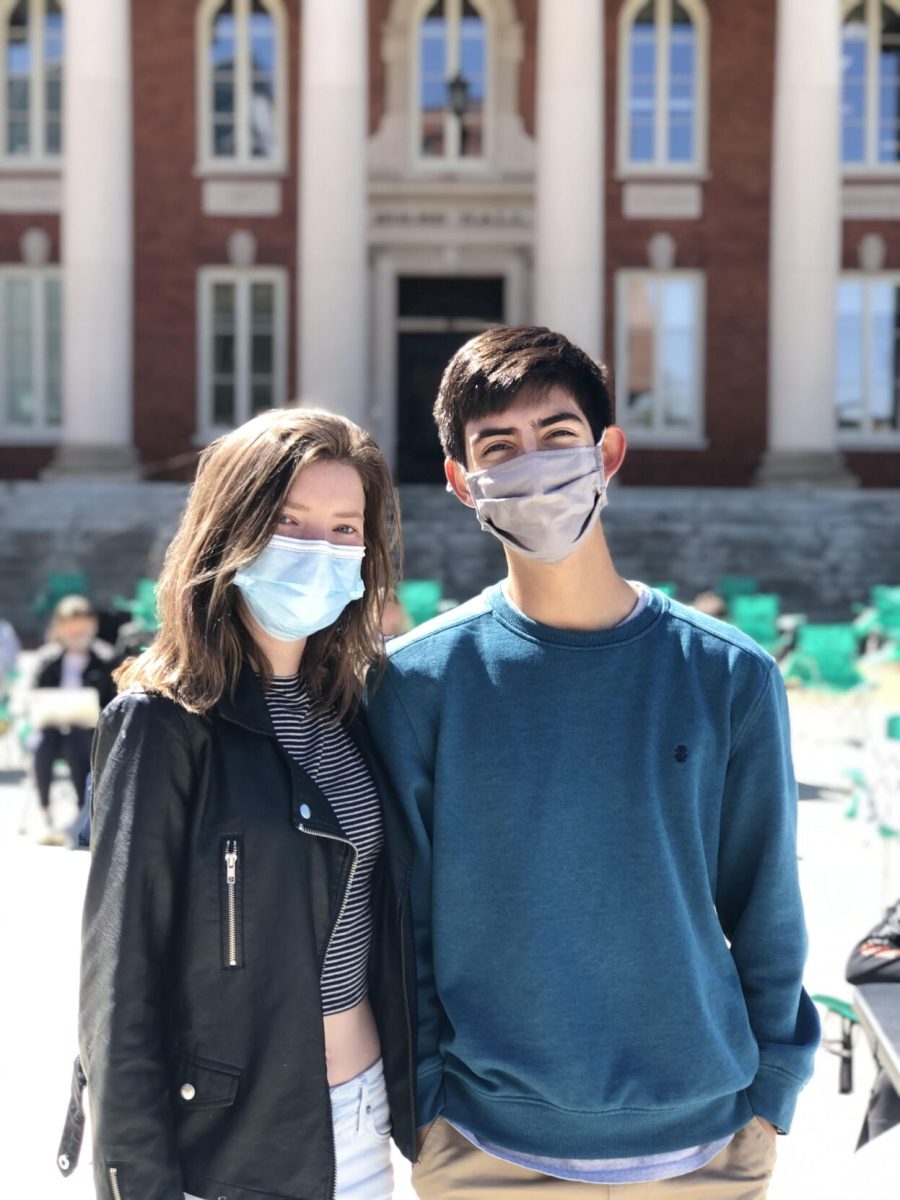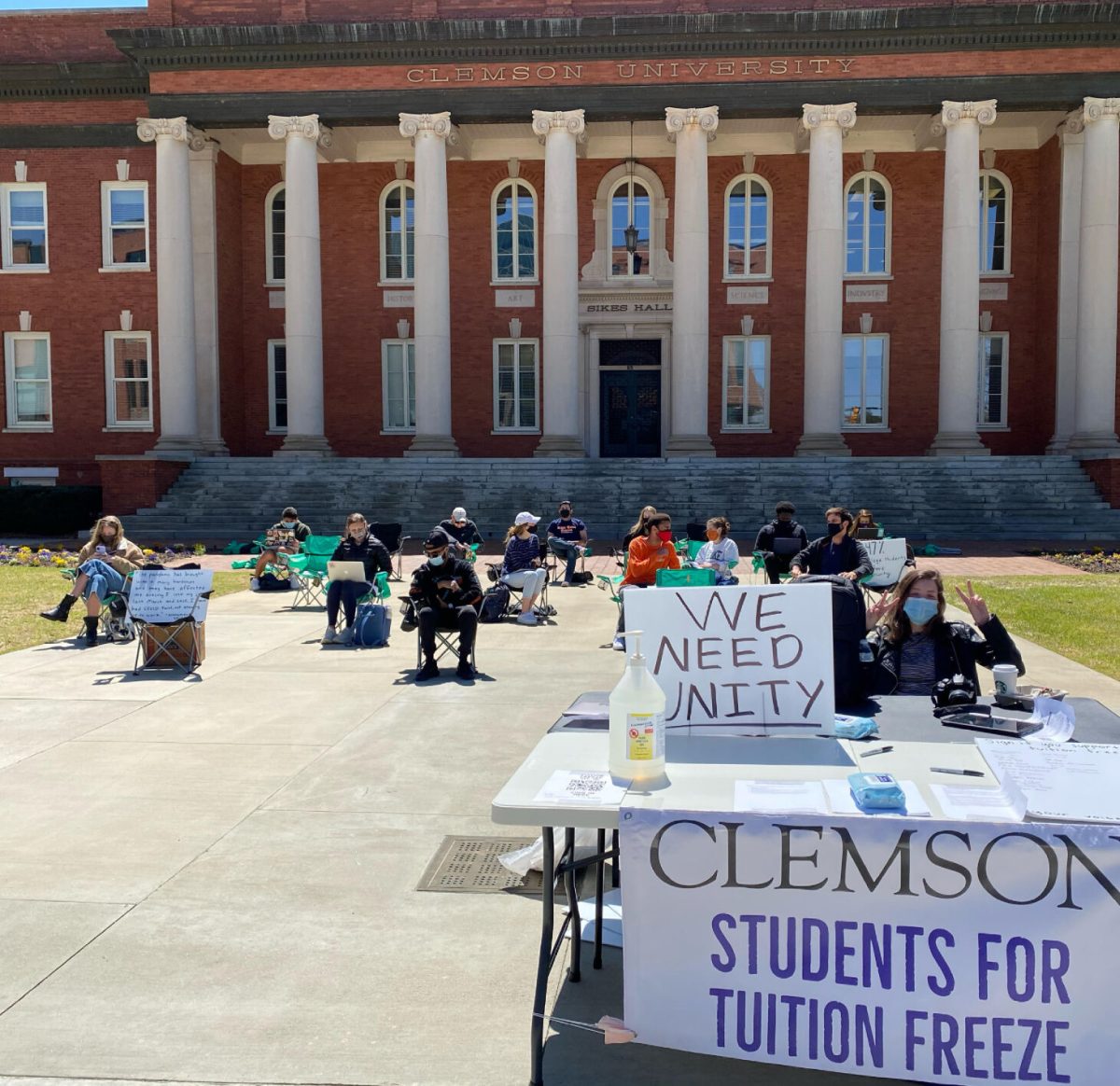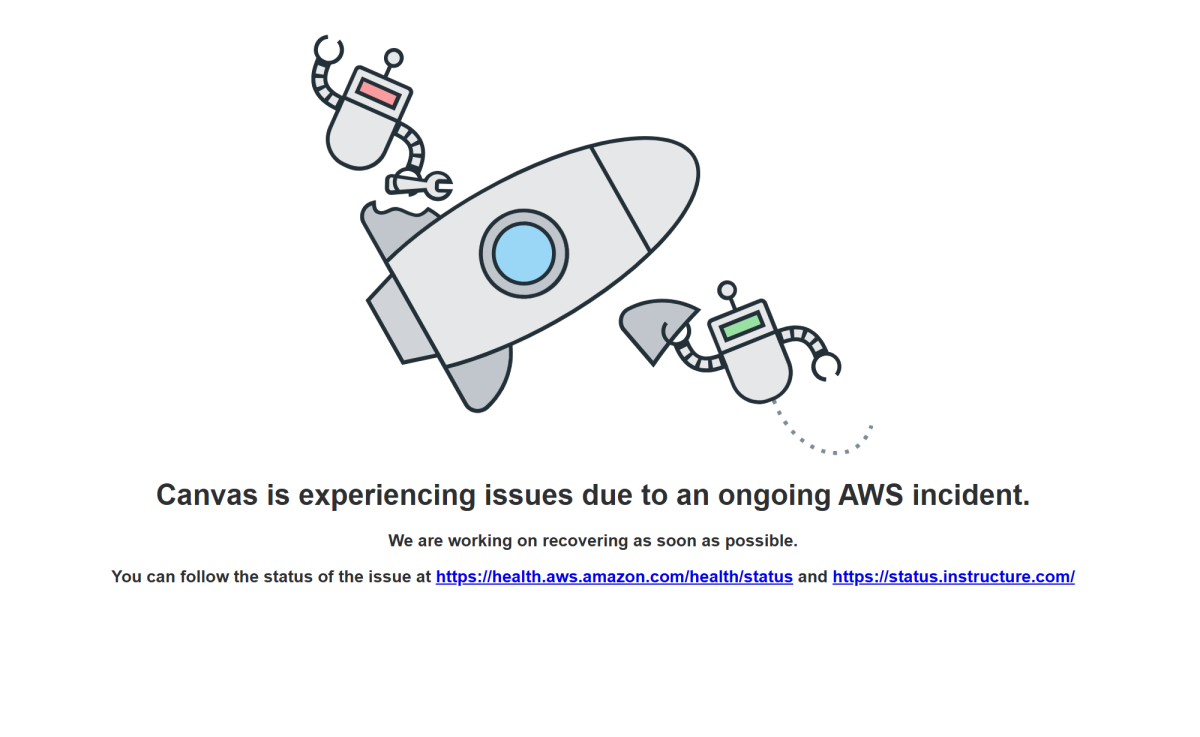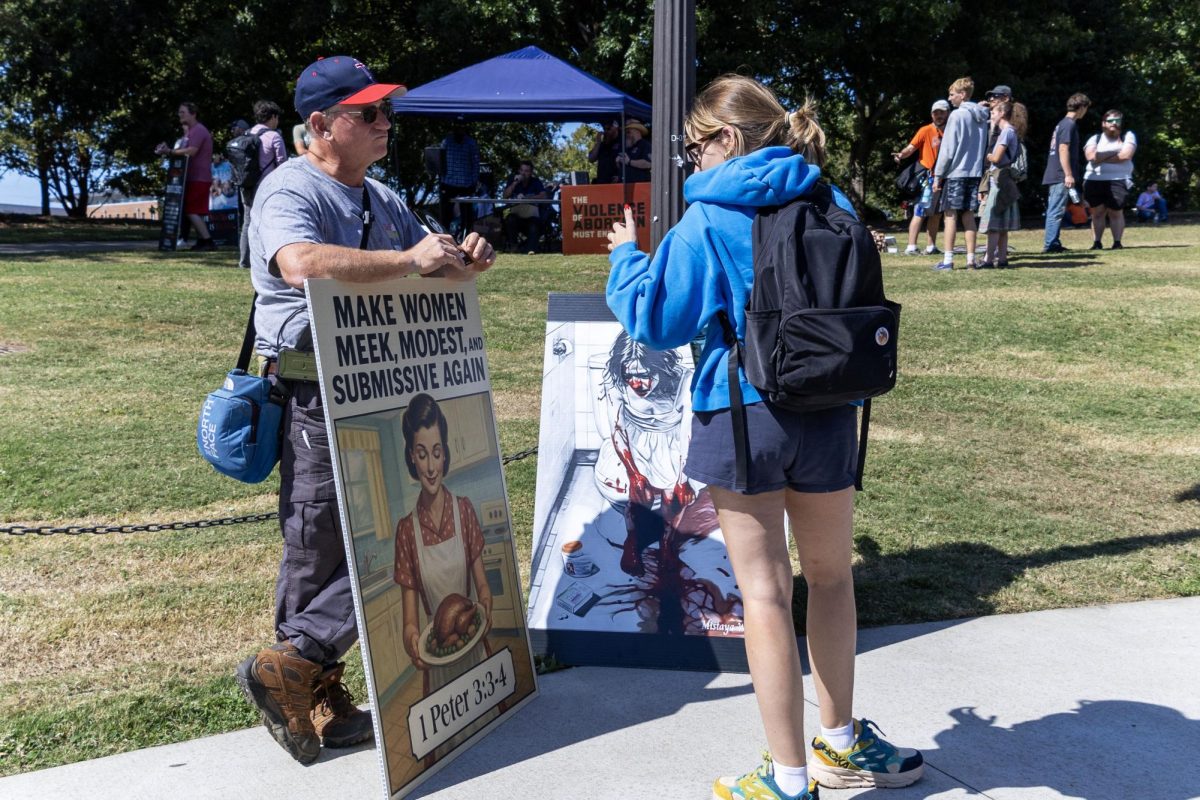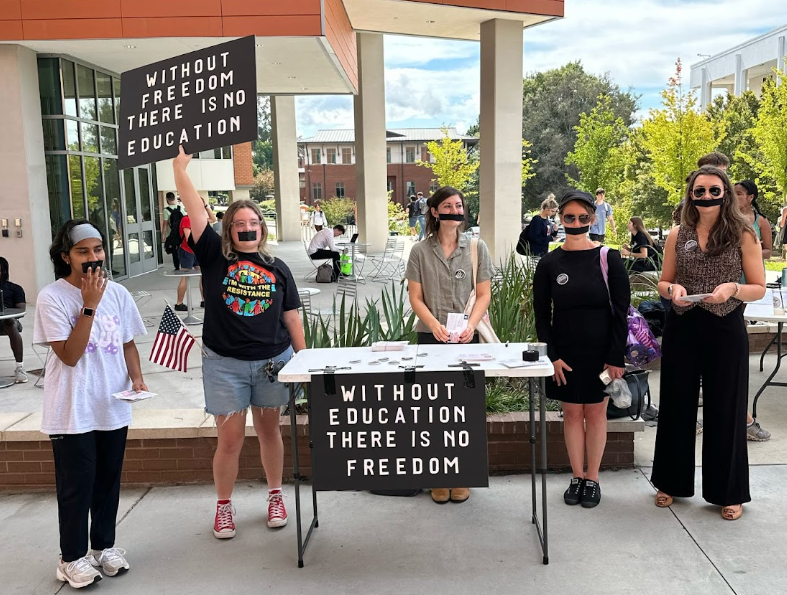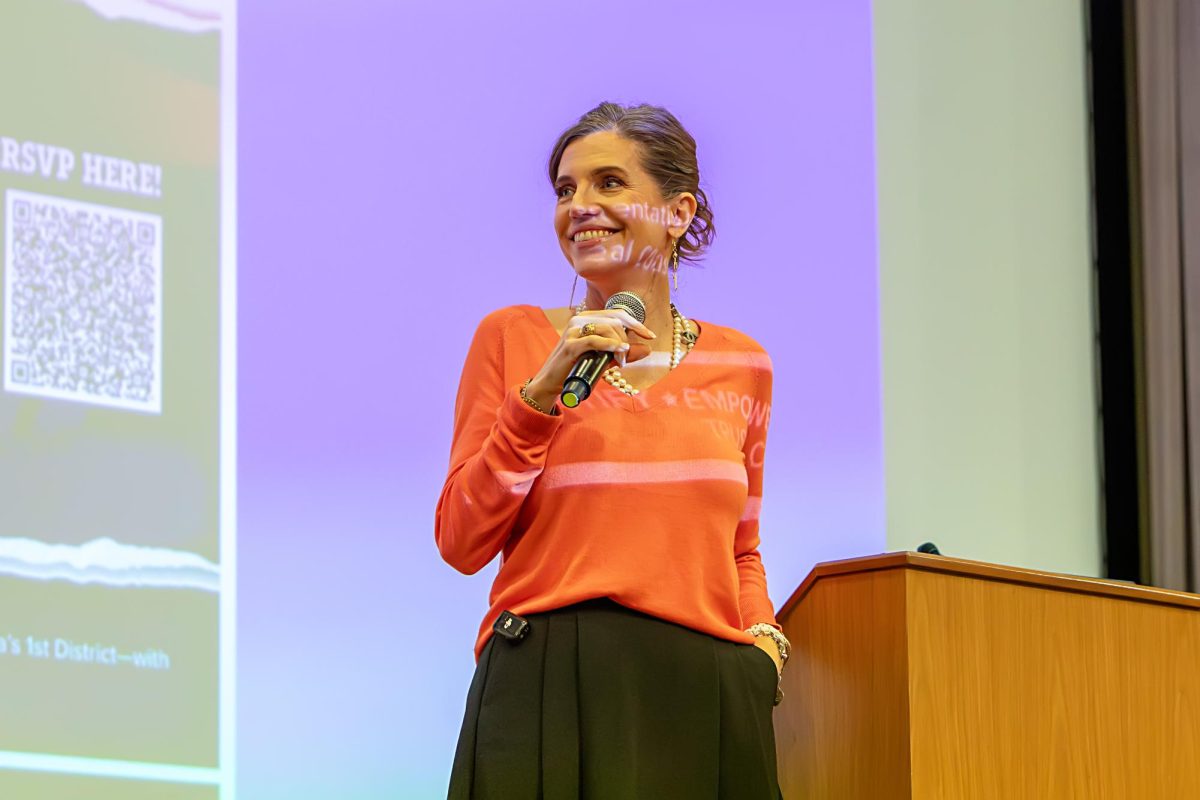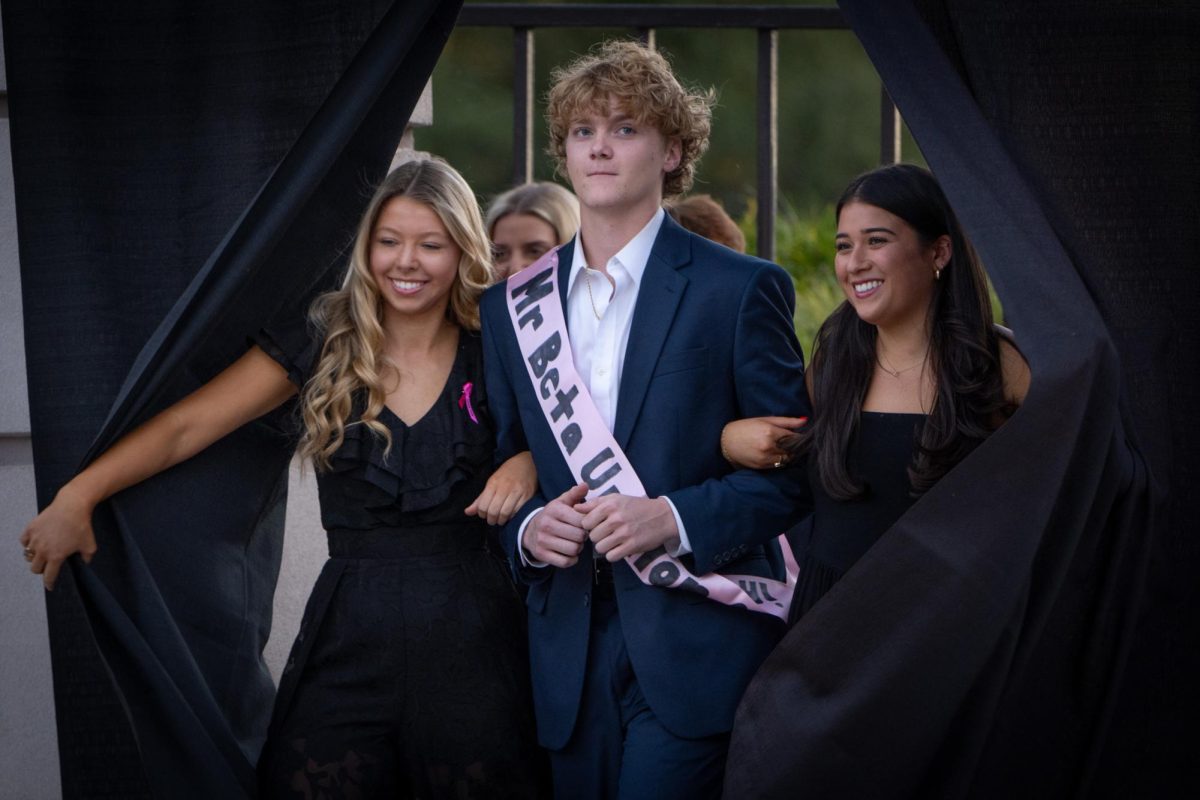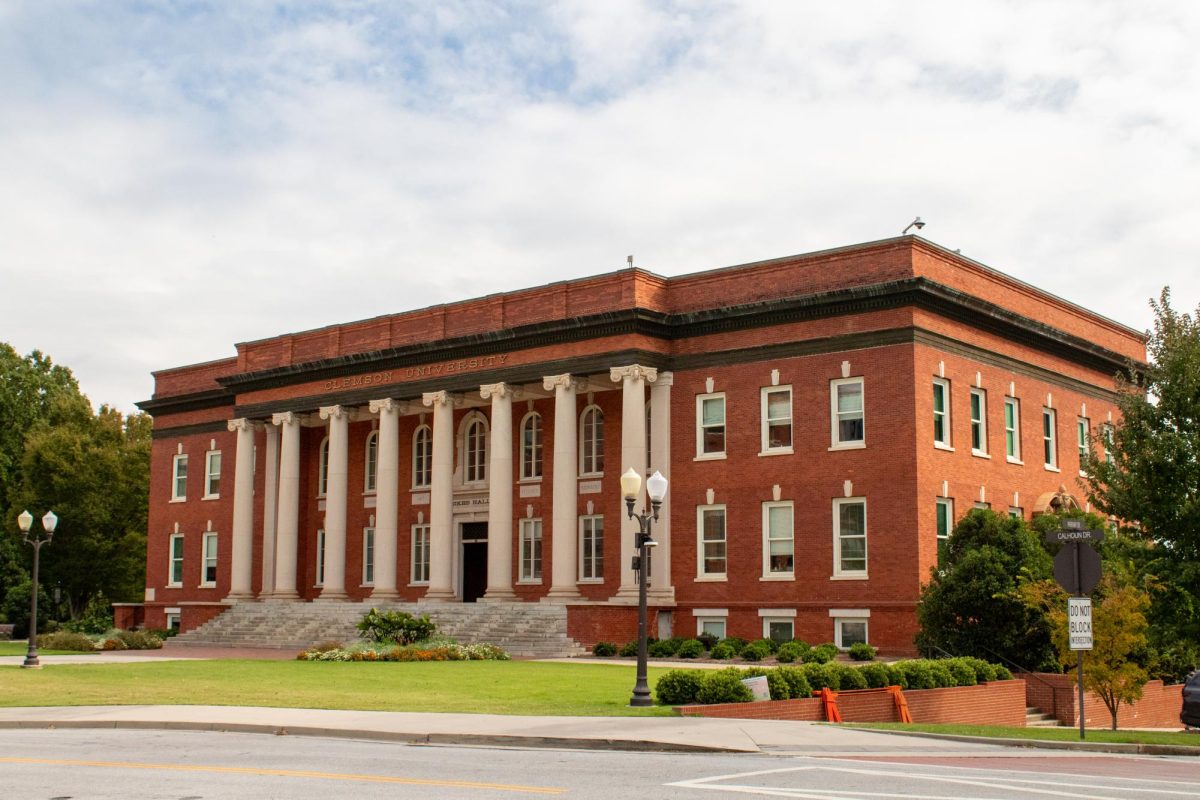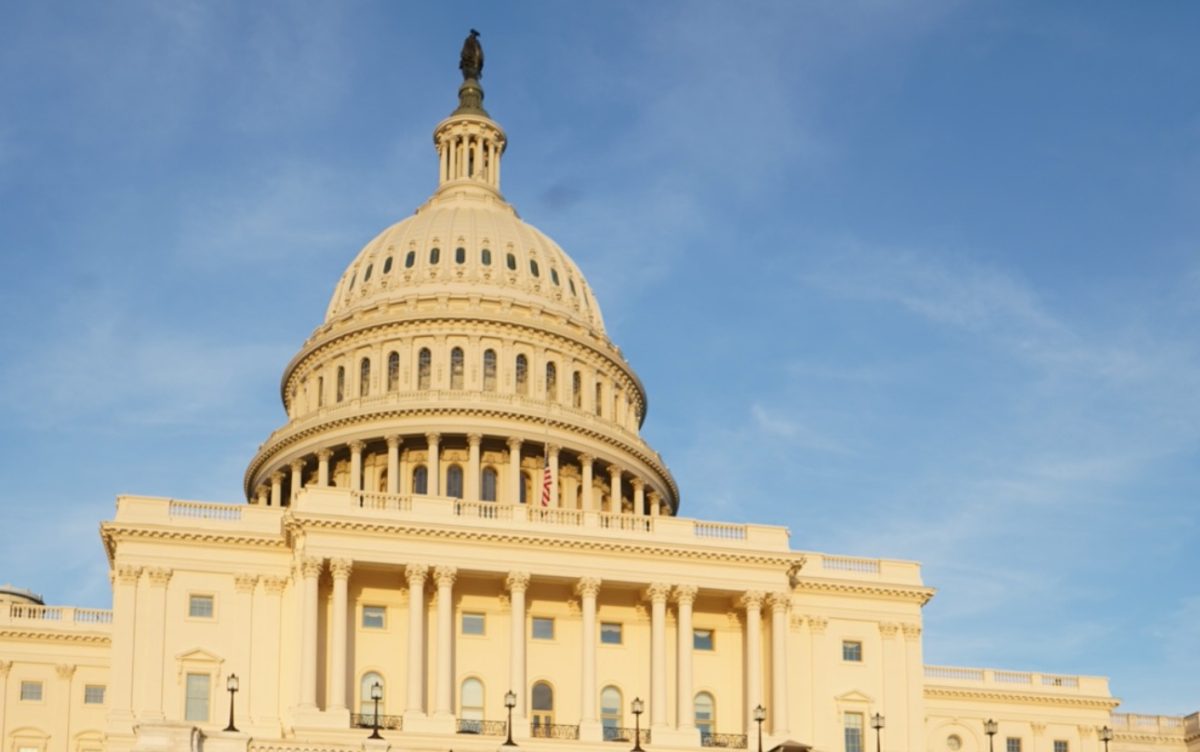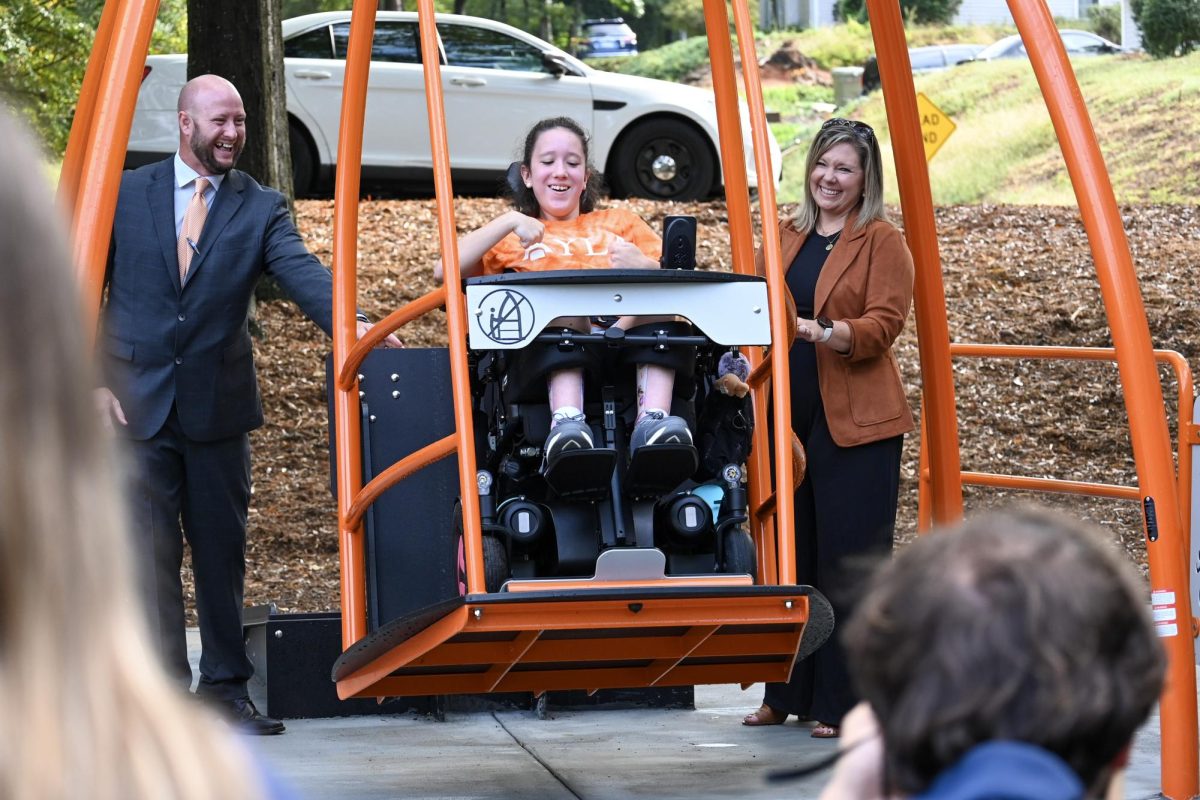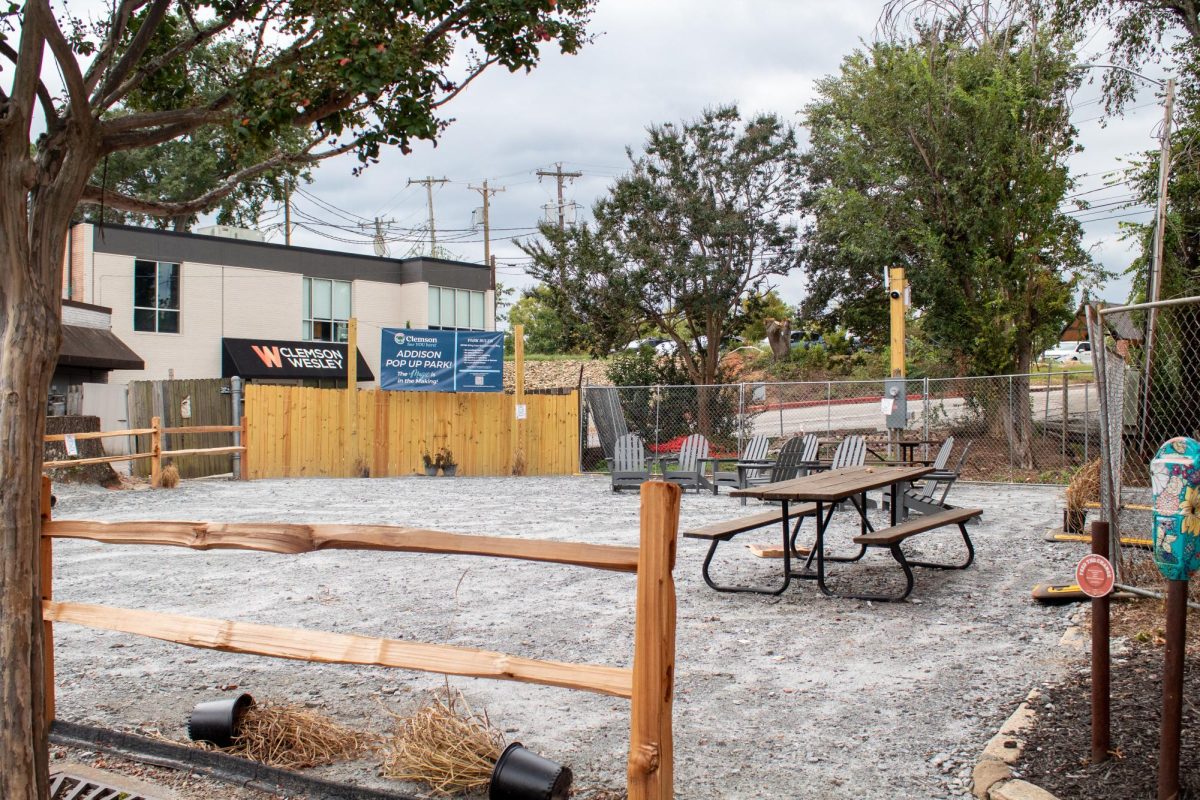April 1, 2021 marked the first day of a student sit-in at Sikes Hall in protest of a possible rise in tuition rates. Despite the wind and cold weather nearly a dozen students were out to show their support for the call of a tuition freeze for the upcoming school year.
At the onset of the COVID-19 pandemic, President Jim Clements took the necessary steps to install a tuition freeze on the 2020-2021 academic year stating, “This tuition freeze provides a bit of stability for our families during these uncertain times,” which is a statement echoed by supporters of a tuition freeze for 2021-2022. This was an effort by Clements to ease the financial burden that many families were experiencing due to the pandemic, but despite a decrease in COVID-19 related restrictions, the pandemic is still here, and many families are still struggling financially.
A flyer passed out at the event read, “70.9% of students reported that their families have experienced some form of financial hardship due to the pandemic, 50.7% reported losing a job that they had before the pandemic,” and went on to say, “We request the Clemson Board of Trustees do not ask us to give more during a time when many of us have little left to give.”
One year later, with the COVID-19 pandemic so near the end, Clements has yet to indicate whether or not the university will continue the tuition freeze through the 2021-2022 academic year. Gabe Cutter, a sophomore computer engineering and economics major and activist for the tuition freeze effort stated, “36% of Clemson’s funding comes from tuition, the rest coming from the state appropriation.” The state appropriation will not be made until May of this year. Once this has happened, the Board of Trustees are expected to meet in July to discuss the possibility of extending the tuition freeze.
Cutter also stated that “there is no cap for how much tuition can increase,” meaning Clemson could raise tuition anywhere from 20 to 2,000 dollars or more. With an already high tuition cost, this could be the difference between staying or leaving Clemson for many students struggling financially.
As of April 2 the sit-in was still in full swing though, “much colder and windier … and wrapped up early,” said Cutter. While the sit-in was originally scheduled from Mar. 31 to April 2, the protests have continued daily as of Tuesday, April 6th.
More information can be found on their Instagram account, @clemsontuitionfreeze. Students must request a seat at the sit-in due to COVID-19 concerns.
Tuition freeze sit in at Sikes Hall



